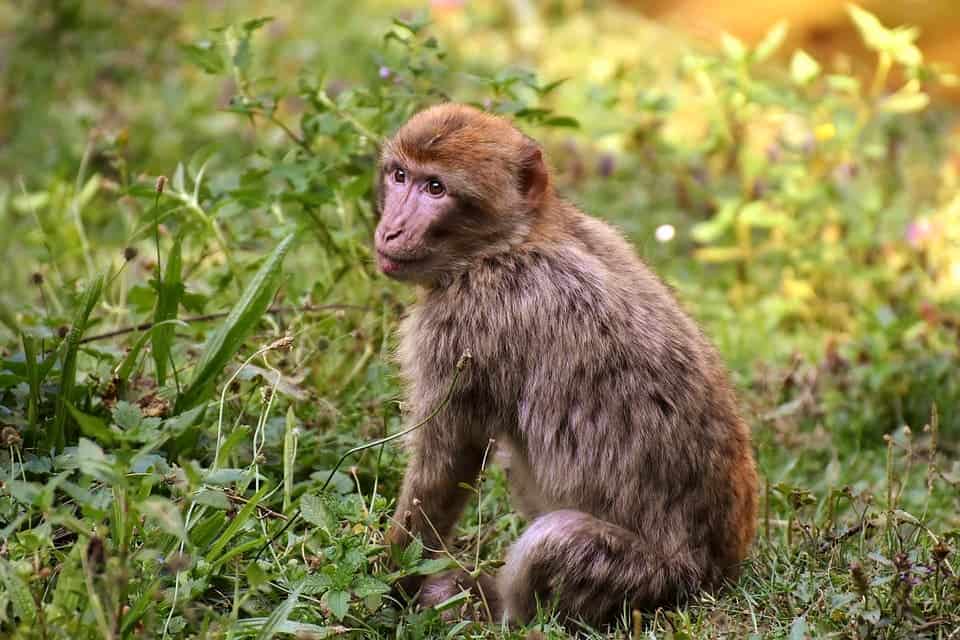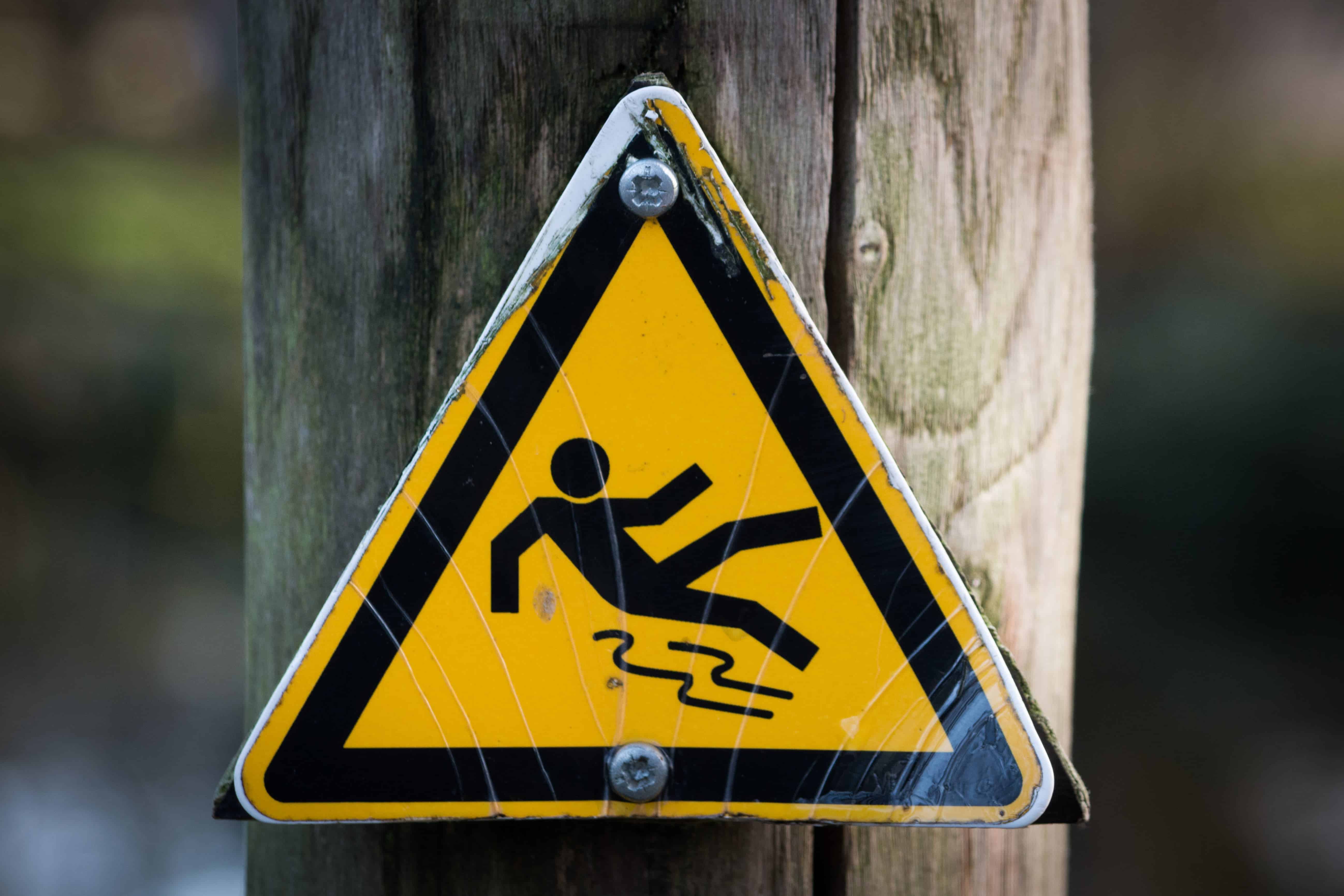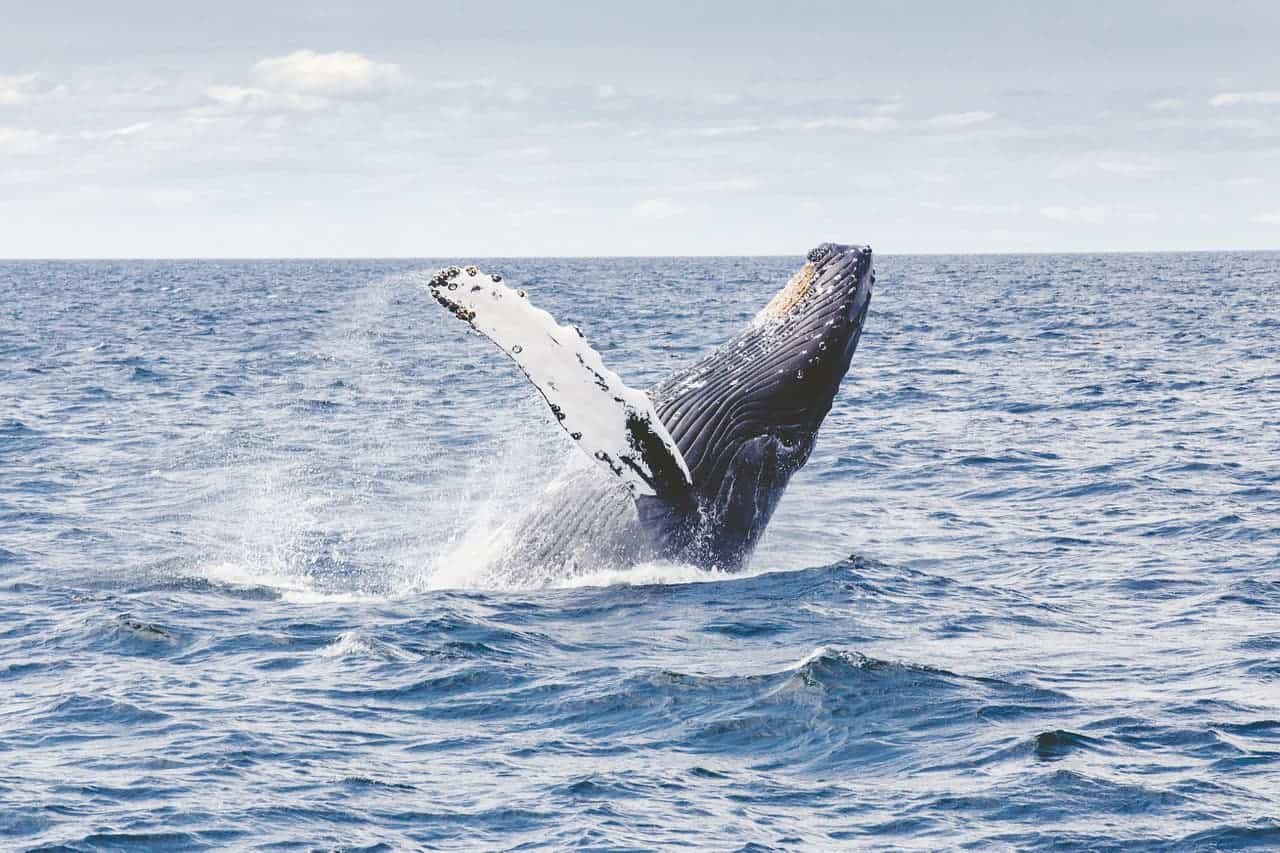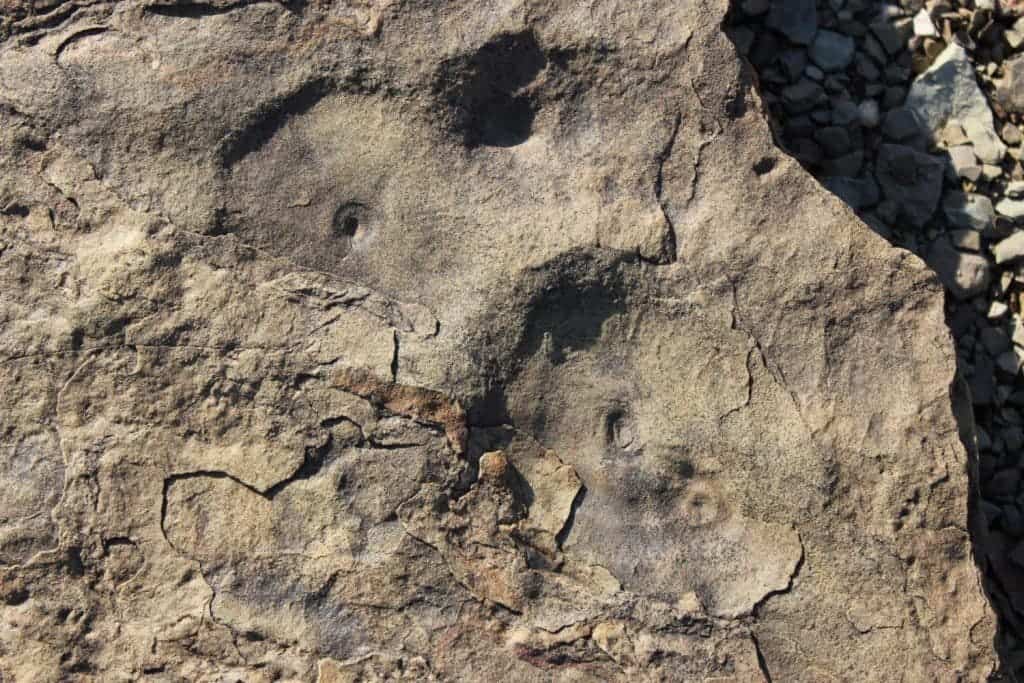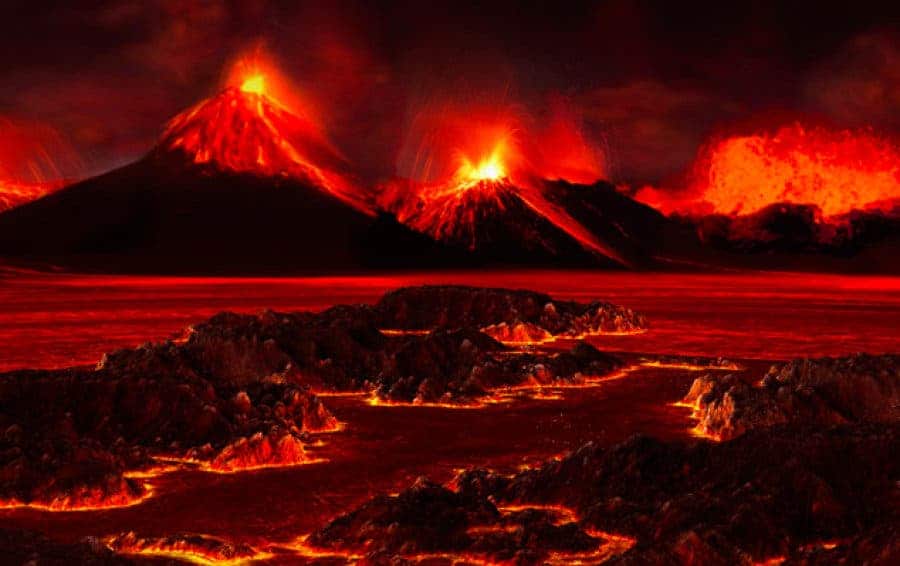
Living organisms haven’t always had it easy and throughout their multi-billion-year-old history, they have frequently been threatened with annihilation. But there was no greater challenge than the Great Dying, a mass extinction event that occurred 250 million years ago. For almost a million years, a huge volcano in Siberia continuously erupted, wiping out 90% of all species. The scale of extinction was unprecedented but it was never clear what made this massive volcanic eruption so deadly — after all, it wasn’t the first nor the last event of its kind. Now, a new study explains what may have driven the Great Dying: reactive chemicals released from stockpiles beneath the crust that destroyed the ozone layer.
The Permian-Triassic extinction took place at the end of the Permian period, and in those times, living on our planet was hellish: global warming, ocean acidification and ocean anoxia (lack of oxygen) all worked together to wipe out most of life on Earth. According to a 2014 study performed by MIT researchers, the extinction event likely lasted for 60,000 years, with an uncertainty of 48,000 years. In geological terms, this is like the blink of an eye — too fast for most life on Earth to adapt. The samples also confirmed what was known for a while: the extinction was preceded by a sharp increase of carbon dioxide in the oceans.
The long-lasting volcanic eruptions from the Siberian Traps, a region of Russia whose steplike hills are a result of repeated eruptions of magma, released volatile chemicals, including carbon dioxide, into the atmosphere and oceans, covering an estimated five million cubic kilometers. Most of the carbon was absorbed by the oceans which act like huge heat-sinks, increasing sea temperatures by as much as 10 degrees Celsius – too hot for anything to survive. Around 96% of marine species and 70% of terrestrial species were obliterated by the Permian-Triassic extinction and it took life on Earth ten million years to recover from this event.
But the conditions life had to face in these dire times may have been even more challenging than previously hypothesized.
In a new study published in Nature Geoscience, Michael Broadley, a postdoctoral researcher at the Centre for Petrographic and Geochemical Research in Vandœuvre-lès-Nancy, France along with colleagues examined rocks from the lithosphere — the solid, outer part of the Earth sandwiched in between the crust and the mantle — which were captured by passing magma during the ancient eruption.
These samples provide a snapshot of the lithosphere’s composition prior to the event that brought them to the surface of the Earth. Before the eruption of the Siberian Flood Basalts, the researchers found that the lithosphere contained significant amounts of chlorine, bromine, and iodine. These elements, present in the halogen group on the periodic table, have since disappeared after the volcanic eruption.
The breakthrough was identifying these elements which were presented in extremely low concentrations — just a few parts per billion in the case of bromine and iodine.
“These rocks were a complete surprise. The level of halogens was much much higher than we were expecting. When we got these results we realised that we had something interesting. The level of enrichment is so high that we knew that even if only a small percentage was released to the atmosphere it could have potentially devastating effects for the Earth’s ozone layer,” Broadley told ZME Science.
Once these elements flooded the atmosphere, they reacted with the ozone layer, destroying it. The ozone layer cushions the planet’s surface from harmful UV radiation and exposure to higher levels of UV radiation (such as those associated with a thinned ozone layer) significantly raise the risks of developing cataract and skin cancer. Wide-scale exposure to UV levels expected in the absence of the ozone layer would drastically impact whole ecosystems.
Human activity recently made a huge, gaping hole in the ozone layer due to pollution with chlorofluorocarbons and hydrochlorofluorocarbons (CHCs and HCHCs), chemicals used in old refrigerators and spray cans. However, thanks to remarkable international collaboration, that hole is almost plugged now. Unfortunately, creatures living more than 250 million years were in no such luck.
Coupled with acid rain and gloomy sky, a thin ozone layer must have been quite a dramatic sight on the planet at the time.
“We knew from fossil evidence that there seems to be a high level of mutated spores and pollen around the time of the eruption of the halogens. These high level of mutation is considered to be related to higher levels of UV radiation at the time. We, therefore, consider that the huge amounts of halogens released from the lithosphere led to the destruction of the ozone layer and therefore led to high levels of solar UV radiation reaching the surface. Whilst potentially not immediately noticeable, the high levels of UV would have damaged DNA and led to plant sterility. Therefore if humans had been around at this time they may have witnessed the large scale deforestation and the collapse of the food chain,” Broadley said.
In the future, Broadley and colleagues are planning to study diamonds from the lithosphere. During their formation, the diamonds trap some lithospheric fluids, which may help answer how the Siberian lithosphere became so enriched with halogens in the first place. In the meantime, the study serves as a stark reminder of how fragile life can be.
“This study has parallels to modern times. During the 70s and 80s, scientists discovered the ozone hole, caused by the release of halogen-bearing compounds to the atmosphere. Thankfully global action was taken to reduce the emission of these compounds but our study shows the importance of the ozone layer and the potential consequences that can come about from its destruction,” Broadley said.
